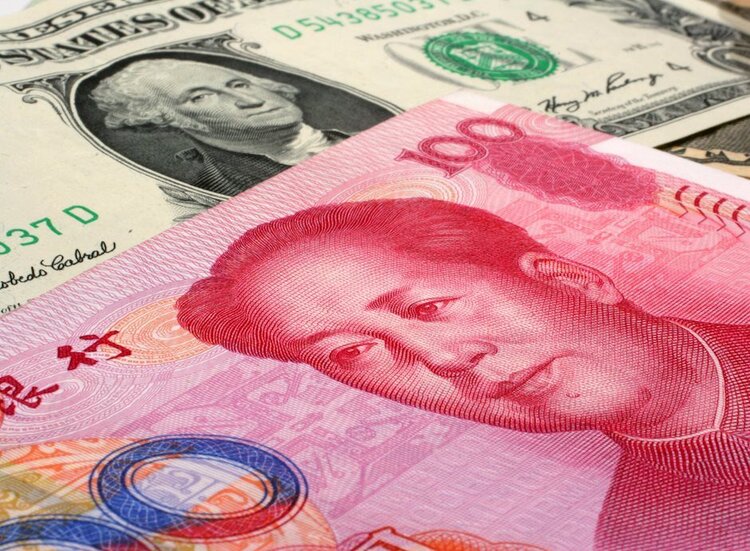The Chinese Yuan (CNH) has recently experienced a slight downturn following an unexpected decision by the People’s Bank of China (PBOC) to reduce the seven-day reverse repo rate. Analysts at BBH FX note that this cut, bringing the rate to a historic low of 1.70%, is an attempt by the PBOC to boost the sluggish Chinese economic activity. Despite this effort, the analysts warn that China may be facing weaker growth in the coming years unless it addresses its significant debt burden, which currently exceeds 300% of the country’s GDP.
The decision by the PBOC to lower the seven-day reverse repo rate has impacted the value of the Chinese Yuan, indicating a potential shift in the country’s economic policies. This move is seen as a response to the slowing economic activity in China, which has been weighing down the overall growth potential. By reducing the interest rate, the PBOC hopes to stimulate lending and spending, thereby supporting the economy. However, analysts caution that this may only offer a temporary boost, as China’s high levels of debt could hinder sustained growth in the long run.
One of the key challenges facing China’s economy is the massive debt overhang, which poses a significant risk to future growth prospects. With the total debt exceeding 300% of the GDP, the country is vulnerable to financial instability and potential economic downturns. Addressing this issue is crucial for China to prevent further weakening of its growth trajectory and ensure long-term stability. Failure to effectively manage the debt burden could result in a prolonged period of economic uncertainty and hinder the country’s efforts to achieve sustainable growth.
In light of the current economic conditions, China appears to be heading towards a period of slower growth in the foreseeable future. The decision by the PBOC to cut the seven-day reverse repo rate reflects the authorities’ recognition of the need for additional stimulus measures to counter the economic challenges. While this move may provide some relief in the short term, the underlying structural issues, such as the high debt levels, continue to pose a threat to the country’s growth prospects. It is essential for China to implement comprehensive reforms and prudent financial policies to address these challenges and pave the way for sustainable economic development.
The subdued growth outlook for China underscores the importance of comprehensive reforms and strategic planning to mitigate the risks posed by the high debt levels. The government’s response to the economic challenges, as demonstrated by the recent rate cut by the PBOC, highlights the willingness to take proactive measures to support the economy. However, sustainable growth can only be achieved through a combination of effective policy reforms, prudent financial management, and structural adjustments to strengthen the resilience of the economy. By addressing the root causes of the debt overhang and implementing measures to enhance productivity and competitiveness, China can overcome the current challenges and secure a more stable and robust growth trajectory in the long term.
In conclusion, the recent decision by the PBOC to lower the seven-day reverse repo rate reflects the ongoing efforts to support the Chinese economy in the face of slowing growth. While this measure may provide some short-term relief, the underlying debt overhang remains a significant obstacle to sustained growth in the years ahead. Addressing this challenge requires a comprehensive approach that combines fiscal discipline, structural reforms, and prudent financial policies to promote long-term stability and resilience. By taking decisive action to address the debt burden and implement reforms, China can overcome the current economic challenges and pave the way for a more sustainable growth path in the future.











